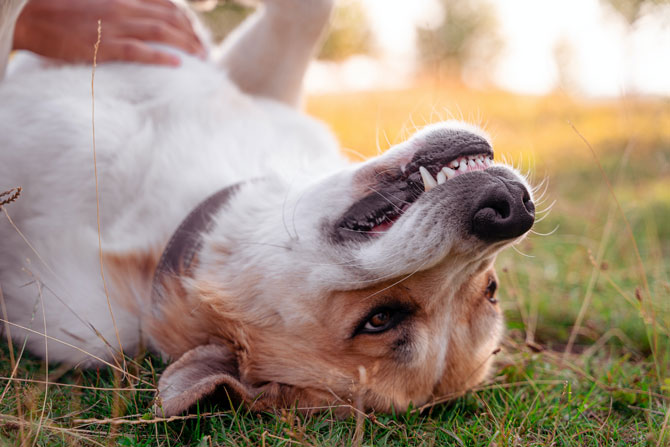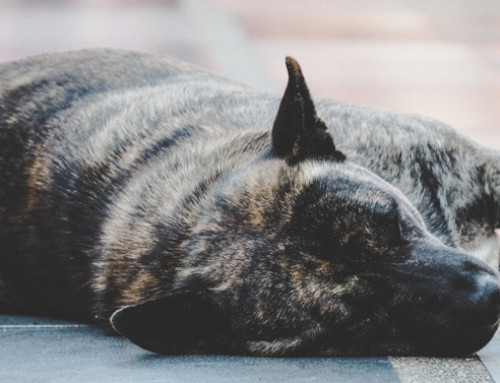Just like us humans, dogs can suffer from sore gums and painful teeth. This is precisely why it’s important to take care of your dog’s teeth, as part of his general wellbeing.
Vet and Dental Registrar Dr Kirsten Hailstone explains, “When it comes to looking after our pet’s wellbeing, dental health is one area that many pet owners skip and are unaware of the consequences of a lack of dental care. Often owners only recognise there is an issue once their pet is already experiencing severe discomfort or pain.
“However, with the right advice and direction, looking after your pet’s teeth can be as easy as looking after your own.”
Tips for keeping your dog’s teeth clean
“The best way to keep your pet’s teeth clean is to brush them! You can visit your vet and they can clean your pet’s teeth under anaesthetic, however, this is not a long-term solution – but it can be a good start to long-term care,” says Dr Hailstone.
“Just like us, brushing your pet’s teeth is the gold standard of dental care, with recent studies indicating daily brushing is still the best way to prevent the onset of periodontal disease, which 80% of dogs and cats may have from three years of age. It also remains the proven most effective means of removing plaque. So, if you can learn to brush your pet’s teeth you can reduce the need to have your pet visit the vet for oral hygiene.”
No-fuss steps to brushing your dog’s teeth
Dr Hailstone recommends starting with a microfibre finger cloth and pet toothpaste. She says, “It is important to make brushing pleasant for your pet, so start with small steps.” She suggests the following steps.
STEP 1. It’s important to get your pet used to being handled around the mouth. Brush their teeth for short periods with their mouth closed, gently running the brush across the gum line in small circular motions, and finish by giving your pet a high-value treat after brushing.
“Always use a pet toothpaste as some human toothpaste contains substances that may be a risk for your pet.”
STEP 2. Once you are coping well with a finger cloth you start to use a small soft child’s brush and eventually a double-headed brush, which reaches both the inside and outside of the teeth.
STEP 3. Go slowly. It is important to proceed slowly ensuring your pet enjoys the experience and is not scared of the intervention. If you struggle, visit your veterinarian and ask for a demonstration on your pet, as many pets have different needs.
Doggie dental care
Dr Hailstone recommends using dental treats in conjunction with brushing. “This will help to reduce the plaque that accumulates on your pet’s teeth, and which will eventually turn into tartar.
“Dog treats—such as Dentalife, for example—are a daily treat your pet will love to eat with the added bonus of removing plaque from the harder to reach back teeth and scientifically tested to reduce tartar build-up. They can be given on a regular basis. They can also be used when you can’t brush or in addition to brushing to help maintain oral health.
“Certainly, the consequences of not cleaning your dog’s teeth are just as serious as they are in humans. Oral infections can lead to heart and kidney disease. The most common problem is ongoing pain and discomfort and we all know how uncomfortable toothache can be!”
You see; taking care of your dog’s teeth doesn’t have to be daunting or make you want to pull your hair out! Following these simple steps daily will ensure you are giving your pet a healthy and happy smile, and they will love you for it. Plus, you’ll enjoy the fact you don’t have to put up with stinky dog breath!
Do you brush your pet’s teeth? We’d love to hear your stories.







Leave A Comment